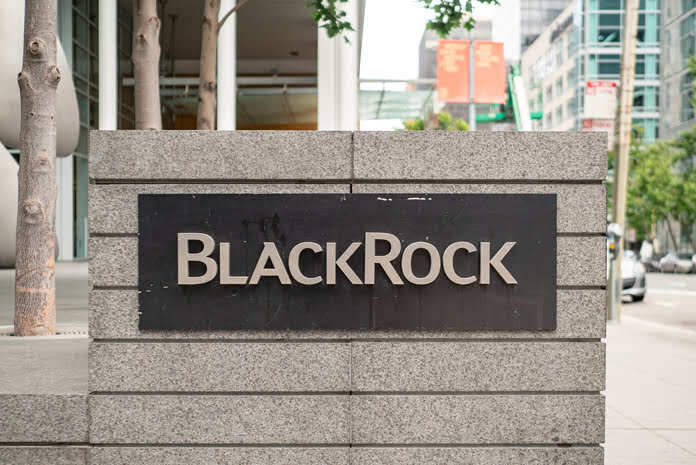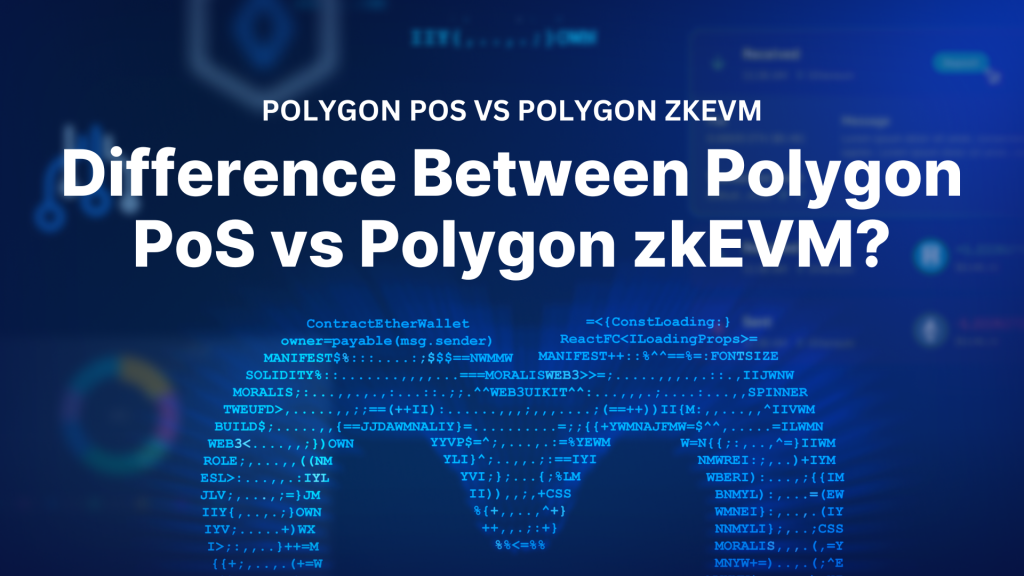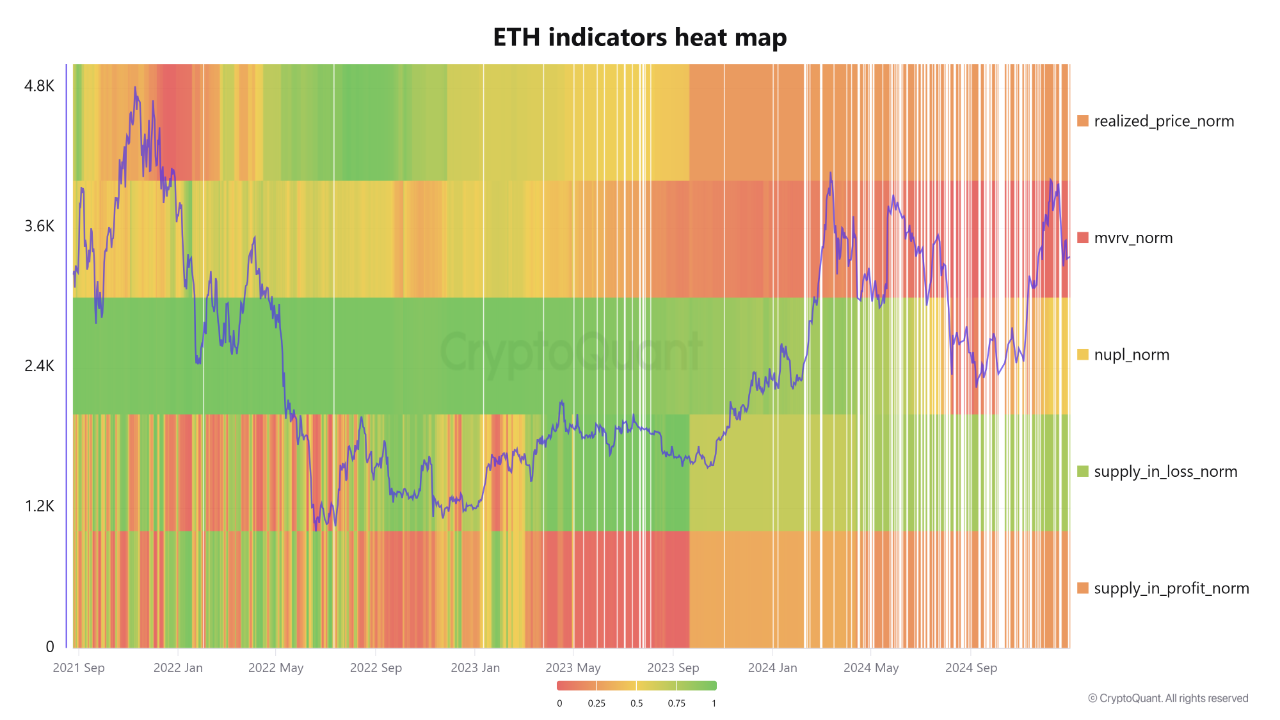Here’s the situation: You’re the CIO or similarly empowered representative of an organization. Different voices within your business are calling attention to the awesome scalability and power of hyperscale computing, which you’ve also noticed with increasing interest. Now the word comes down from on high that you’ve been tasked with designing and implementing your company’s hyperscale computing solution—whatever that should be.
Your organization already has an ambitious agenda in mind for whatever IT infrastructure you wind up choosing. The company is working with extremely high volumes of data and expects this situation to continue or grow. So, you’ve got a ton of assets earmarked for data storage, with many more workloads on the way.
Your business isn’t expecting this data to collect dust in a vault, either. Company leadership is already trumpeting new data processing applications and how smoothly already favored apps will be integrated into the new, high-performance system. Still others are wowed by the promise of artificial intelligence (AI) and automation that hyperscale data centers offer.
For these reasons, there’s a lot of positive support for going ahead and building a hyperscale data center, customized expressly for this business. However, that’s just one set of opinions.
Other leaders remind you that the company’s primary allegiance is to the bottom line and that your solution needs to be cost-effective and “thread the needle” by providing the most return for the least investment possible. These voices forcefully advocate using a colocation solution, where your company will instead rent space in a hyperscale data center, thus saving USD millions or even billions in construction costs and other associated charges.
Both options offer compelling arguments for their adoption. So, hyperscale vs. colocation—which do you choose?
Big systems, costly decisions
When deciding between building hyperscale data centers or renting in colocation data centers, there are many variables for hyperscale customers to consider. To effectively weigh the decision, one must consider the total costs of ownership versus renting—plus a range of other, tangentially related issues.
Both data center options have their advantages and disadvantages. Both options deliver complex Software-as-a-Service (SaaS) solutions. Both are based on complicated digital infrastructures and depend on virtualization, the underlying concept of cloud computing.
To make the smartest decision possible, it’s important to first focus on each option, and check out their advantages and disadvantages.
What is a hyperscale data center?
Hyperscale data centers represent data storage on a gigantic scale. According to the Independent Data Council (IDC) definition of a hyperscale database, as reported by VIAVI Solutions (link resides outside ibm.com), to be considered a true hyperscale data center, it must contain at least 5,000 servers and occupy at least 10,000 square feet of physical space. There is no hard-and-fast guideline concerning energy usage, although most hyperscale data centers use somewhere between 100 megawatts (MWs) and 300 MWs.
Components that go into building a hyperscale data center
It’s not an overstatement to say that creating an on-premises hyperscale data center from the ground up is a major endeavor—one that will require deep pockets and considerable effort. Even a simple listing of basic components provides a sobering idea of the project’s overall complexity and pricing:
A tract of land that can support a structure of at least 10,000 square feet.
Development costs to survey the land, clear the site and prepare it for construction.
One structure with at least 10,000 square feet of floor space. It should be built sturdily enough to support normal operations as well as withstand normal building “wear and tear,” plus any relevant local conditions, such as extreme weather situations or even geological occurrences.
Fire-safety equipment that is sufficient for protecting the building and its operators, such as sprinkler systems and extra extinguishers, as well as the development and instruction of fire-safety Standard Operating Procedures (SOPs).
A parking lot of sufficient size to support the number of vehicles used by data center operators, as well as ample parking room for any emergency vehicles that might be needed.
Cooling system equipment to offset the immense heat generated by 5,000 servers operating 24 hours per day.
Specialized water lines and piping to support the cooling system.
Dedicated and reinforced power lines and equipment to safely handle massive electrical loads.
Back-up power systems in case of mainline outages.
At least 5,000 servers.
Metal (or wooden) racks for housing 5,000 servers.
Associated IT equipment.
Reinforced cabling to connect 5,000 servers.
Networking equipment to connect 5,000 servers.
Telecommunications (telecom) equipment.
Specialized firewalls and other protocols for enhancing the cybersecurity of data centers.
Keep in mind that this list is in no way comprehensive and doesn’t represent the full costs associated with building a hyperscale data center. For example, it doesn’t include the primary asset needed for such activities: electricity. Nor does it mention the complicated and possibly expensive agreements that will need to be struck with local governments and communities. The list does, however, suggest how complex and multi-faceted this undertaking can be by showing that what’s being constructed is nothing less than a full-scale data factory.
What is colocation?
Some organizations are interested in the power and potential of hyperscale computing but have no wish to build their own data center, especially once they see a breakdown of all associated costs.
The concern of such companies is understandable and legitimate; the sums of money required to operate in this space are not small. Depending on the facilities constructed, some use cases will require USD millions or even billions. Businesses building hyperscale data centers do have to maintain deep pockets—both when they construct the facility and then during its entire operation. A hyperscale data center should not be considered a one-time purchase.
Colocation, on the other hand, is simply a situation wherein one company owns a hyperscale data center and rents out its facilities, servers, bandwidth and/or space to interested businesses that presumably do not have their own data center facilities.
The obvious benefit for the company renting space in the off-site data center is that doing so saves it from having to make its own large-scale investment into a hyperscale data center. Viewed another way, what the company is, in fact, purchasing when it rents out data center space is flexibility. By opting for colocation, the company can delay the significant investment in a hyperscale data center until a later time, keeping its cash reserves right where they are.
There’s even a specific term for when smaller companies make a gradual entry into this market— retail colocation, which allows organizations to start slowly. Typically, this plays out like this: The company sets up servers within a colocated environment and starts getting the feel for the process. Then the business begins experimenting with different cloud deployments, trying on different configurations and checking them for fit.
So, colocation (and retail colocation) allows businesses to enjoy the benefits of hyperscale, without the major investment required to make it happen. On the other hand, nobody’s going to let a company use their hyperscale data centers for free, as anyone trying to negotiate such an arrangement soon learns. Further, since you’re renting these facilities, you should probably accept the fact that a colocated data center will not provide the same perfect “fit” as custom-built hyperscale data centers.
Regardless of whether you choose to build a hyperscale data center or rent space through a colocated data center, organizations usually need to designate someone as an integrator to shepherd the project across all possible hurdles and into completion.
For the purposes of this blog post, the integrator is you.
Hyperscale vs. colocation: Biggest misconceptions
It’s interesting that at such a “modern” time as this, when whole new vistas of computing are opening up, that some people’s attitudes are still trapped in old ways of thinking. For example, when you see the phrase “buy or rent,” certain longtime assumptions can still come to mind:
Renting options are primarily provided for those who can’t afford to make purchases.
Persons or organizations purchasing items can afford such purchases.
Renting options are primarily provided for those subject to frequent moving around.
While the first two statements contain some measure of truth, the only statement that’s fully true is the final bullet point. Renting options, it turns out, are indeed perfectly designed for people whose work keeps them in constant motion and relocating to different areas.
So, there’s validity to the third bullet point. The first two contain various levels of validity.
Let’s take the second bullet point first. While it is true that most people and companies can afford the purchases they make, you can’t always bank on it. We’ve seen example after example of companies, families and individuals who were supposedly wealthy—until it was suddenly discovered that they weren’t. Bottom line: Without seeing a verified financial balance sheet, there’s really no way to know what’s going on with a company or a person and who can afford what.
But it’s the first bullet point that can be most misleading because it could definitely be a valid business strategy for a company to avoid building hyperscale data centers and instead rent colocation facilities and services. Businesses have to walk a complicated financial line and part of that is keeping enough cash in reserves. Hyperscale data centers can cost USD millions or even billions to build and operate, quickly turning a thriving company cash-poor because of the massive commitment it has made to this technology.
Who are colocation’s biggest users?
Prepare to be surprised, because some of the world’s biggest users of wholesale colocation services are actually Amazon (AWS), Google and Microsoft. Actually, each of the “Big Three” data center providers either currently rent out some of their space from other colocation providers or have done so in the past. For example, members of the “Big Three” have leased significant data center space from a company called Equinix, which owns and runs 260 data centers in 71 markets. Then, these cloud service providers turn around and rent out their newly acquired space to users.
That this practice occurs should surprise no one; most economies function using mid-level distributors that are instrumental in moving goods or services from Point A to Point B. Still, based on their collective clout in this market, it is intriguing that some of the world’s largest providers of data center infrastructure are also some of its biggest customers.
Not that there’s any shortage of external data center customers. The market is sizzling hot right now and has been for a while now. For example, Synergy Research Group reported in April 2023 that the first quarter of that year saw a USD 10 billion jump over Q1 2022 spending on data centers (link resides outside ibm.com).
Most recently, there has been a perceptible shifting of corporate assets among giant companies to enable their concentration on establishing data centers. As real estate analyst CoStar (link resides outside ibm.com) reported in October 2023, “While Microsoft and other tech giants such as Google, Meta and Amazon have made deep cuts to their once-vast office portfolios, they have increased spending on development of data centers.”
Things to consider when deciding between hyperscale and colocation
For companies who are strictly compelled by the bottom line, the matter routinely comes down to the simple comparison: Which is the cheaper alternative? But divining the answer to that rather complicated question usually involves a number of areas of comparison, some involving tangible quantities but others based on various intangibles that usually come into play and which should be considered:
First, assemble all the projected costs you can related to the building of a hyperscale data center to serve your company.
Next, try to carefully imagine and gather all the annual costs related to operating the type and size of hyperscale facility you have concepted. Remember to factor in the cost of needed labor, even if it’s just a skeleton crew, as well as any security staff kept on-site.
The next part of your due diligence is to repeat the last step, but this time, project the annual operating costs of using a colocated data center. And don’t be surprised to learn that even though this type of solution requires no construction costs, there may still be imposing start-up fees involved with working with this technology.
At this point, you should possess enough data to run time-based comparisons for various intervals, so you can answer that original question about which is the cheaper alternative.
Questions to ask
However, by this point, you will have surely realized that when it comes to data centers of this magnitude, a bottom-line comparison doesn’t tell the entire story. There are many questions and considerations to entertain. Before any organization selects either of these solutions, it would be wise for it to engage in a bit of serious soul-searching about what kind of company it seeks to be, both now and in the future:
What kind of organization do you have? If you’re part of the IT industry, that may affect your decision-making, because this technology directly targets the IT industry. If you’re at an IT company, it may be in your interest to go ahead and invest in a hyperscale data center.
Are you sure you can handle the costs? Hyperscale data centers are currently a “hot item,” and some businesses will base their decision on desire, instead of need. But, because we’re talking about such a sizable and ongoing investment, some extra forethought is warranted.
What level of control do you wish to maintain? If your organization has a “hands-on” culture that is apt to making constant tweaks to the system, you may want to build your own hyperscale data center. This will more easily enable any customization your business desires.
How concerned are you about sustainability? Hyperscale data centers consume huge amounts of power, often more than the villages or towns near them. Although it’s not impossible to hyperscale and avoid leaving a heavy carbon footprint, it may be more difficult.
What new technologies do you want to incorporate? It’s essential to envision not only where your company wants to be tomorrow but also down the road. Will the solution you select let you incorporate emerging technologies, such as the Internet of Things (IoT)?
The real bottom line
As you’ve probably already figured out, there are few quick or easy answers when it comes to deciding between building a hyperscale data center or renting space from a colocated data center. There are simply way too many issues at work to make a casual decision one way or the other.
It might even be such a weighty decision that you need more than one person to help make the call. If so, the integrator may need additional staff to help divide up and tackle the different decision areas that require extra study. For example, you may need to assign a staff member to handle any ecological impact statements that will need to be drafted and submitted before a building site can be legally cleared for construction.
As for parting advice, make sure you do your homework in full. The stakes of this decision are very high indeed. Not only are we discussing vast sums of money, we’re also talking about issues that have a direct and perhaps lasting bearing on an organization’s fiscal health. Therefore, when feasible, get the freshest data that exists. Create contingency plans defined according to data-center-performance levels. You must be thorough in your thinking and cover every angle possible. That’s how you’ll draft a blueprint for success—no matter which type of system you choose.
Get started
Solutions like IBM Storage Scale help you grow a global data platform and both define and refine your organization’s data strategy approach.
Explore IBM Storage Scale
Was this article helpful?
YesNo






























